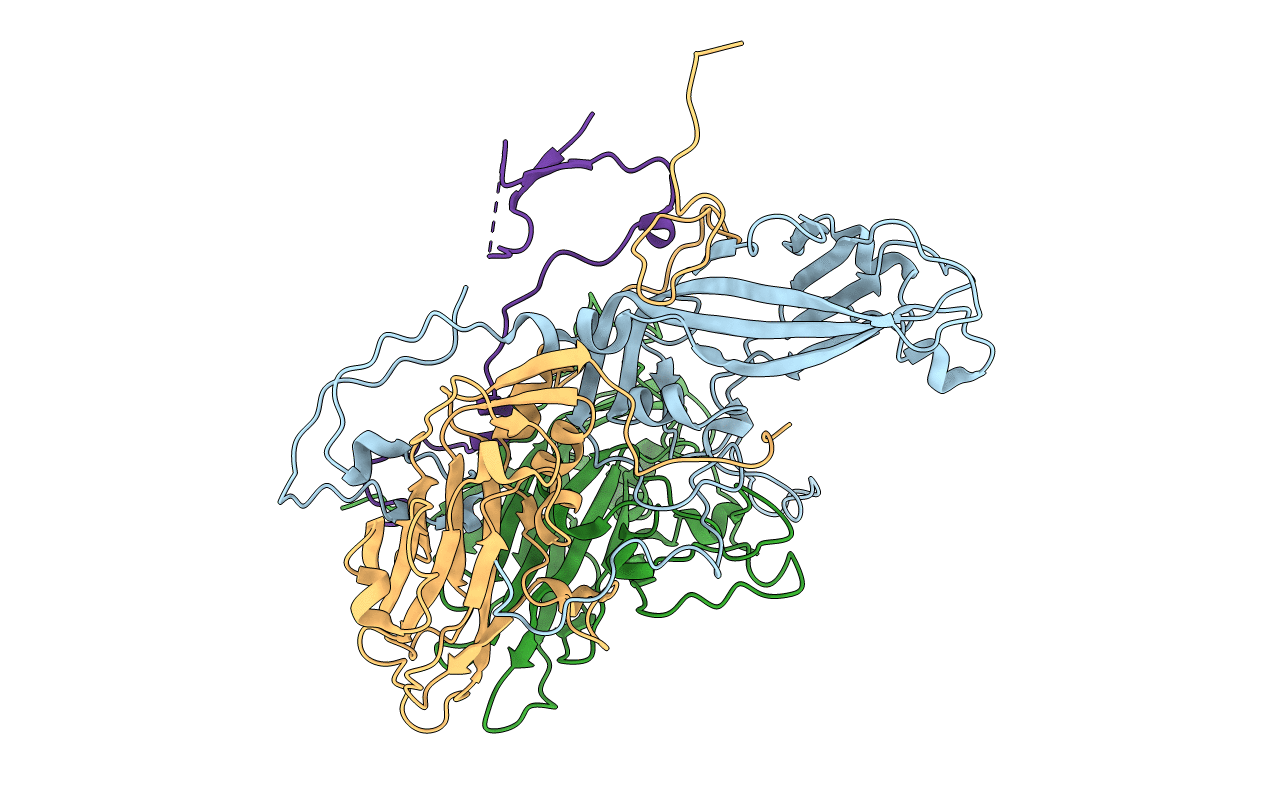
Deposition Date
2014-04-15
Release Date
2014-11-05
Last Version Date
2024-02-28
Method Details:
Experimental Method:
Resolution:
2.90 Å
R-Value Work:
0.18
R-Value Observed:
0.18
Space Group:
P 31 2 1


